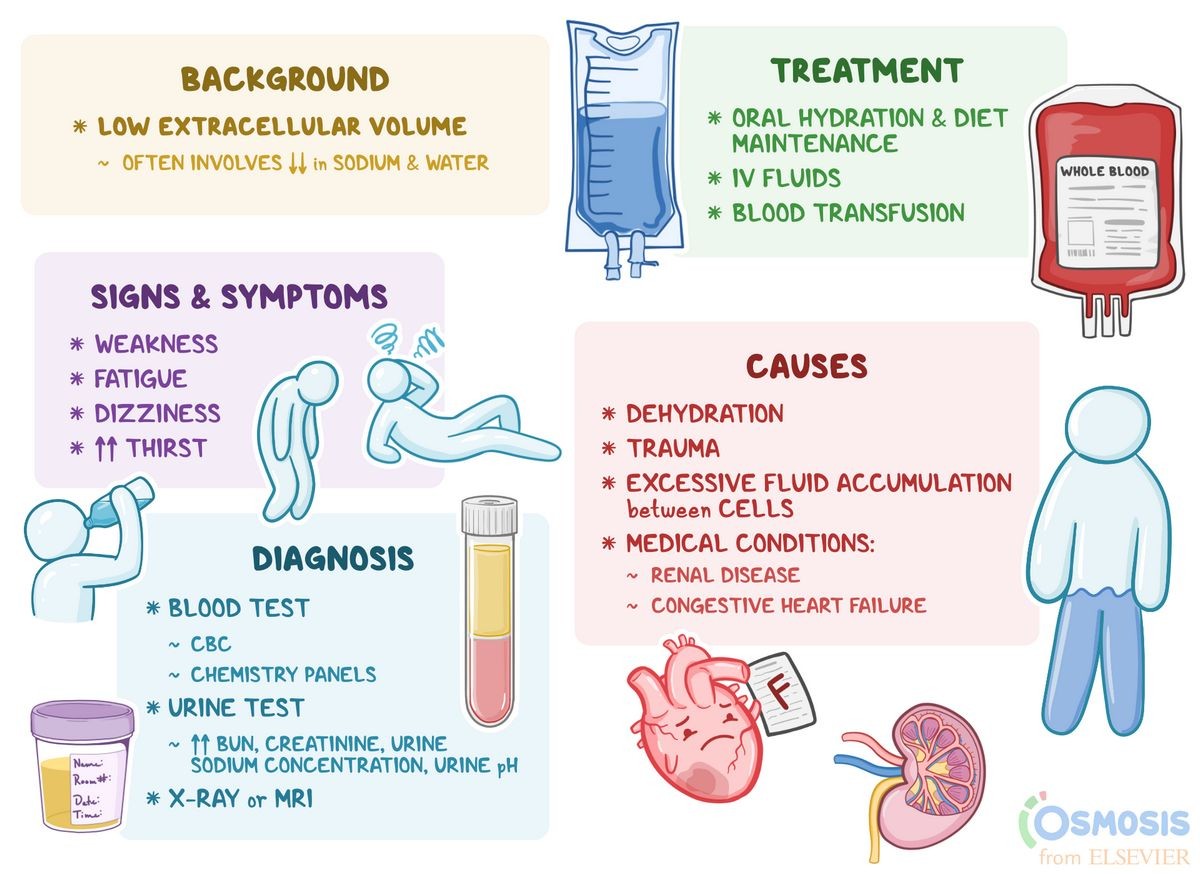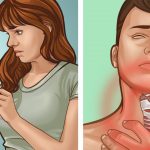
Contents
- 1 What Happens When You Go into Shock?
- 1.0.1 Life-threatening complications of shock
- 1.0.2 21 signs and symptoms of shock
- 1.0.3 What are the immediate steps to be taken if you suspect a person is in shock?
- 1.0.4 What is shock?
- 1.0.5 What are the causes and complications of shock?
- 1.0.6 4 types of shock
- 1.0.7 Subscribe to MedicineNet’s Skin Care & Conditions Newsletter
What Happens When You Go into Shock?
As you go into shock, blood circulation reduces, causing blood pressure, pulse rate, and breathing rate to drop abruptly.
You are said to be in shock when blood circulation reduces, causing cells and tissues to go into hypoxia (lack of oxygen). As you go into shock, blood pressure, pulse rate, and breathing rate drop abruptly. Because the body’s temperature is not regulated, the skin gets cold and sweaty.
- A rapid fall in blood pressure reduces oxygen and nutrients supply to vital organs.
- Reduced blood pressure causes reduced blood to the brain, resulting in fainting.
With reduced circulation, oxygen delivery to cells becomes insufficient, and cells switch to anaerobic metabolism. This shift results in increased carbon dioxide generation and blood lactate levels. These changes deteriorate cellular function.
Life-threatening complications of shock
If you are in shock for an extended period, it leads to irreversible cell damage that may result in multiple organ damage or dysfunction syndromes and death.
Shock alters various systems in your body.
Release of multiple inflammatory mediators during shock leads to:
- Trigger-clotting factors
- Damage to the lining of the blood vessels that release nitric oxide
- Nitric oxide causes vasodilation (widening of the blood vessels) to improve circulation
- Vasodilation may further cause a fall in blood pressure
- Increased vasodilation in the gastrointestinal tract may lead to sepsis due to the transfer of bacteria from the gut to the bloodstream
As your body goes into shock, various negative effects and protective counter effects are produced that bring chaos within your body.
Therefore, shock is considered a life-threatening condition that necessities immediate medical attention. Prognosis is better if anyone nearby provides timely aid before help arrives.
21 signs and symptoms of shock
Signs and symptoms of shock may vary depending on the intensity of the condition and may include:
- Skin turns pale
- Skin becomes moist and cold to touch
- Fingertips, nails, and insides of the lips may appear bluish gray
- Profuse sweating
- Nausea and vomiting
- Increased thirst and dry mouth
- Rapid fall in blood pressure
- Fatigue
- Pulse rate increases, especially with worsening of the condition
- Weak pulse that may not be palpable or absent pulse
- Chest pain
- Rapid and shallow breathing
- Yawning and gasping for air may be caused due to shallow breaths
- Weakness
- Reduced urine output
- Dilated pupils
- Dizziness
- Lightheadedness
- Restlessness
- Confusion
- A person may faint or become unresponsive
QUESTION
What are the immediate steps to be taken if you suspect a person is in shock?
As soon as you feel a person is in shock, you should notify and seek assistance from emergency personnel. Next, help the person by following these steps:
- Examine the individual’s airway, breathing, and circulation.
- Start cardiopulmonary resuscitation if there is no sign of active breathing or consciousness.
- Stabilize the person, allow them to sleep on the floor in a comfortable area, and try not to move them too much.
- To prevent choking, turn the person’s head to the side to allow fluids to drain if they bleed, vomit, or drool from the mouth.
- First aid should be administered for the underlying injury or illness. For instance, if there is bleeding, apply pressure to the wound.
- Remove any constraining clothing, belts, or jewelry and cover the person lightly to keep them warm. It is critical, however, to not allow the person to overheat.
- Place the person in the shock position if there is no doubt of limb, neck, or back injury:
- Lay the person down with no pillows under their head and raise the feet 8 to 12 inches.
- If this creates discomfort such as pain and difficulty breathing, have the person lie in the most comfortable position.
It is important to note that you should never put anything in the mouth of a possible shock victim. If necessary, moisten the person’s lips with water.
What is shock?
According to medical terminology, shock is the body’s reaction to a sudden drop in blood pressure.
- Initially, the body responds to this potentially fatal circumstance by constricting (narrowing) the blood arteries in the extremities (hands and feet).
- This is known as vasoconstriction, and it aids in the conservation of blood flow to important organs.
- The body produces the hormone adrenaline that counteracts the body’s response to shock and increases blood pressure, heart rate, and distribution of blood.
Various factors influence the degree and effect of shock on you, which include:
- Overall health
- Age
- Underlying health conditions
- Any injuries
- How quickly medical aid was provided
When a person experiences emotional discomfort or a sudden scare, their body pumps adrenaline into the bloodstream; however, this normally reverses itself in a healthy individual.
A person may be shocked when they encounter something unexpected. This is a psychological shock that normally does not result in any medical complications. Psychological shock is also known as mental shock, acute stress reaction, or acute stress disorder caused as a response to traumatic or surprising events.
What are the causes and complications of shock?
Some of the reasons for shock include:
- Anaphylaxis (severe allergic reaction)
- Burn injury
- Traumatic injury that leads to excessive blood loss
- Internal bleeding
- Heart failure
- Stroke
- Severe dehydration
- Transfusion of incompatible blood
- Serious infections
- Poisoning
- Toxicity or side effects of medications
Complications of shock include:
- Abnormal blood clotting
- Severe organ damage or failure
- Cardiac arrest
- Brain damage
- Respiratory arrest
- Physical disability
- Death
4 types of shock
Shock consists of various types depending on the reason or organ where the primary damage begins. It is classified into four major categories that comprise various classifications.
- Distributive shock: A considerable decline in peripheral vascular resistance and, as a result, hypotension characterizes distributive shock.
- Six subcategories of distributive shock include:
- Septic shock
- Neurogenic shock
- Anaphylactic shock
- Endocrine shock
- Drug and toxin-induced shock
- Systemic inflammatory response syndrome
- Cardiogenic shock: Cardiogenic shock may be due to reduced cardiac output caused by left, right, or biventricular failure. Cardiogenic shock can develop due to acute ischemia or nonischemic cardiac event or due to worsening of underlying heart disease.
- It is divided into three subtypes that include:
- Cardiomyopathic shock
- Arrhythmic shock
- Mechanical shock
- Hypovolemic shock: Hypovolemic shock arises due to decreased intravascular volume, that is reduced preload, which reduces cardiac output.
- There are two types of hypovolemic shock:
- Hemorrhagic shock
- Non-hemorrhagic shock
- Obstructive shock: Obstructive shock is caused by obstruction or increased resistance to the flow of blood, leading to reduced cardiac output.
- Obstructive shock is of two types:
- Pulmonary vascular shock
- Mechanical shock
Subscribe to MedicineNet’s Skin Care & Conditions Newsletter
By clicking "Submit," I agree to the MedicineNet Terms and Conditions and Privacy Policy. I also agree to receive emails from MedicineNet and I understand that I may opt out of MedicineNet subscriptions at any time.
By clicking "Submit," I agree to the MedicineNet Terms and Conditions and Privacy Policy. I also agree to receive emails from MedicineNet and I understand that I may opt out of MedicineNet subscriptions at any time.


